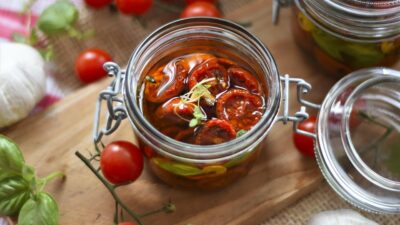The beverage industry is undergoing a transformation, with ready-to-drink (RTD) beverages taking center stage. From cocktails to smoothies, and health-focused options to traditional sodas, these convenient drinks have become increasingly popular among consumers, reflecting broader shifts in lifestyle, health consciousness, and convenience-seeking behavior.
Convenience is Key
The hectic pace of modern life has made convenience a prized asset. People are busy juggling work, family, and leisure, often leaving little time for meal preparation or mixing beverages from scratch. RTD beverages offer an effortless solution. They provide instant gratification without the need for extensive preparation or cleanup. Consumers can now grab a healthy smoothie or a refreshing cocktail on the go, making RTD drinks a staple in many households and a go-to for social occasions.
Health and Wellness Trends
The rise of the health and wellness movement has also influenced consumer preferences. As individuals become more health-conscious, they are seeking out beverages that align with their lifestyle choices. Brands have responded with a variety of health-oriented RTD options. Low-calorie drinks, functional beverages enriched with vitamins and minerals, and plant-based smoothies have emerged as favorites in the market.
Notably, the popularity of probiotic beverages, such as kombucha and kefir, has surged as consumers prioritize gut health and overall well-being. These beverages not only provide nutritional benefits but also tantalize the palate, combining health with taste.
Innovative Flavors and Customization
The RTD market is seeing a surge in innovative flavors and unique combinations. With consumers continually searching for novel experiences, beverage companies are harnessing creativity to captivate taste buds. From fruity blends to exotic herbs and spices, the flavor profiles of RTD drinks are becoming more diverse and sophisticated.
Moreover, customization trends are shaping the RTD landscape. Brands are increasingly offering options that allow consumers to choose their sweetness level, carbonation, or base ingredients. This focus on personalization enhances the consumer experience, making them feel more connected to the brands they choose.
Alcoholic RTD Beverages: A Game-Changer
The alcoholic beverage segment has also witnessed a phenomenal rise in RTD options. Pre-mixed cocktails, hard seltzers, and canned wines have gained immense popularity, particularly among younger consumers. The convenience of these beverages appeals to those looking for quality drinks without the need to visit a bar or mix at home.
The hard seltzer craze, in particular, has taken the beverage industry by storm, with brands like White Claw and Truly gaining significant market traction. The appeal lies not just in convenience but also in a perception of lower calorie counts and refreshing flavors, catering to a demographic eager for accessible, lower-alcohol options.
Sustainability and Ethical Sourcing
As consumers grow more aware of environmental issues, sustainability has become a critical consideration. Beverage companies are increasingly adopting eco-friendly practices, from sourcing organic ingredients to utilizing recyclable packaging. RTD brands that prioritize sustainability are not only meeting consumer expectations but also differentiating themselves in a crowded market.
Moreover, ethical sourcing practices resonate well with a growing number of consumers who prefer to support brands that align with their values. This trend is further enhanced by transparency in product labeling, allowing consumers to make informed choices about what they are consuming.
Looking Ahead
The RTD beverage market shows no signs of slowing down. As consumers continue to prioritize convenience, health, and sustainability, the demand for diverse and innovative RTD options is set to grow. Brands that navigate the evolving landscape by staying attuned to consumer preferences and investing in quality ingredients will undoubtedly find success.
In conclusion, the rise of ready-to-drink beverages signifies more than just a trend—it reflects a shift in consumer behavior and lifestyle. As innovative products flood the market, the possibilities for what can be put "in the bag" continue to expand, promising exciting times ahead for both consumers and producers alike.



